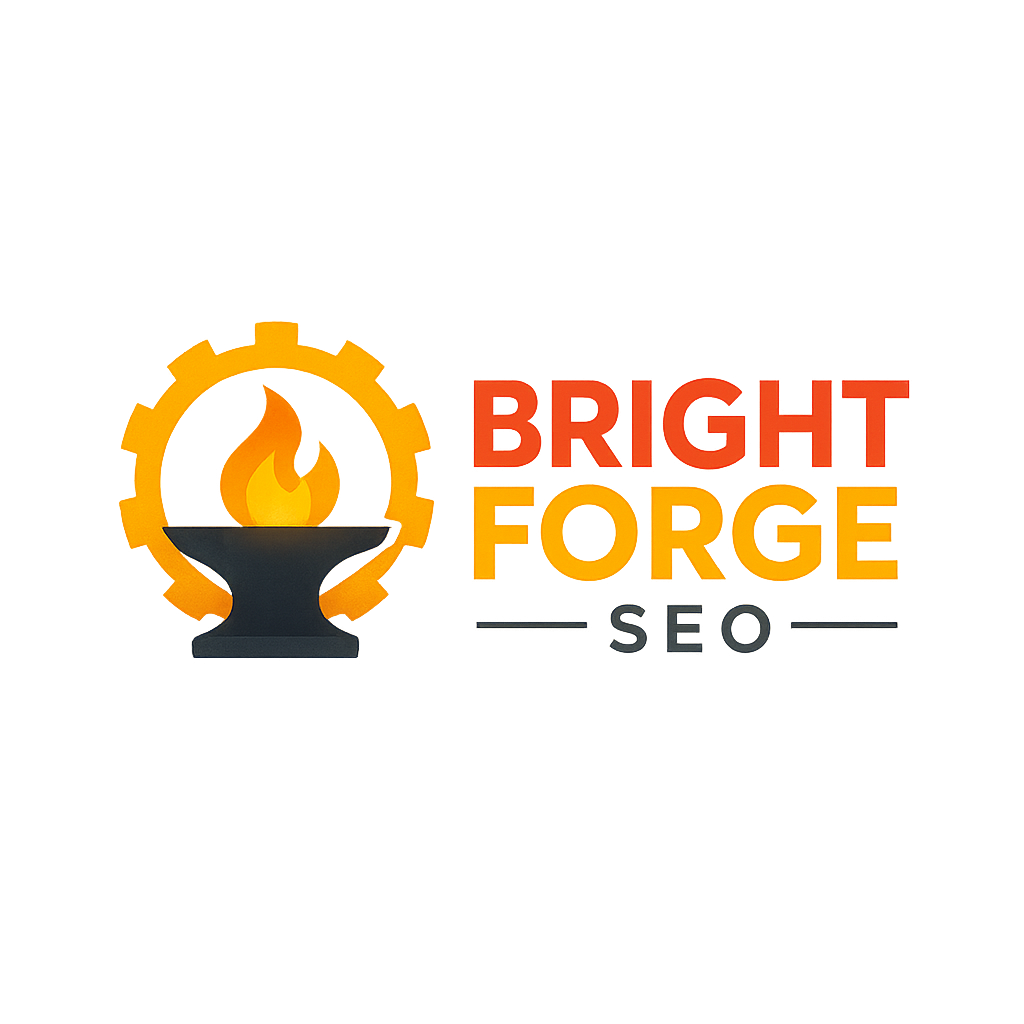Creating content that doesn’t just fill space but actually ranks well on Google can feel a bit like navigating a maze blindfolded. But fear not—today we’ll unravel the secrets of writing SEO-friendly content that doesn’t just appeal to search engines, but also engages and delights your readers.
If you’re aiming for those coveted top 10 spots on Google, you’re in the right place. Grab a cuppa, settle in, and let’s dive into how you can craft content that genuinely performs.
Great SEO-friendly content isn’t just about ticking boxes, it’s about truly connecting with your audience, understanding their needs, and strategically aligning your message to meet Google’s expectations. Done right, it’s the strongest foundation for sustainable visibility and growth.
Understanding Keywords and User Intent
Keywords aren’t just random phrases thrown into your text. They represent real people’s queries. Understanding user intent—why someone searches—is your first step to crafting successful content.
Picture this: someone searches “best SEO services in the Philippines.” Are they looking for information or ready to hire someone? Probably the latter. Aligning your content to match user intent means providing exactly what they’re searching for. Consider tools like Ahrefs or SEMrush to explore keyword difficulty, search volume, and competitor analysis.
To get started with professional help, check out Bright Forge SEO’s specialised SEO services in the Philippines.
Building Topical Authority with Semantic SEO
Gone are the days of stuffing keywords. Today, Google’s smarter, valuing content depth and relevance. Semantic SEO focuses on thoroughly exploring your topic, naturally incorporating related terms and concepts.
Think of your content as a conversation. If someone asks about “content marketing,” you’d naturally mention related ideas—like blogging, social media strategy, or inbound marketing. Google sees this as topical authority, rewarding comprehensive, context-rich content.
Mastering Content Structure and Formatting
The best content answers questions clearly and quickly. Here’s how you do it:
- Headings: Clearly structured headings break content into scannable sections.
- Short paragraphs: Aim for 2–4 sentences per paragraph.
- Bullet points and lists: These make key points easy to digest.
Remember: if readers can easily find answers, Google will notice your user-friendly structure and reward you.
On-Page SEO: Optimising for Visibility
On-page SEO isn’t just about ticking boxes. Your title tags, meta descriptions, and header tags should all work together like a finely-tuned orchestra:
- Titles: Clear, compelling, keyword-friendly.
- Meta descriptions: Brief, engaging, with a subtle call-to-action.
- Header tags: Use to structure content logically and enhance readability.
Need guidance? Bright Forge SEO’s experts can optimise your content precisely. Feel free to contact us here.
Technical SEO: Behind-the-Scenes Magic
Fast load speeds, mobile-friendly design, and proper indexing are critical. Content that loads quickly, is easy to navigate, and readable on smartphones significantly boosts SEO performance.
Picture this: you find an article on mobile but it’s painfully slow. You bounce right away. Google’s watching this and lowers rankings accordingly.
Boosting User Experience (UX)
User experience isn’t just fluff—it’s directly tied to rankings. Engaging visuals, clear formatting, and interactive elements keep visitors hooked longer. Longer visits signal Google your content’s worth reading.
A quick tip: consider embedding videos or infographics. They often lead readers to stay longer, increasing your content’s value.
Google’s E-E-A-T: Experience, Expertise, Authoritativeness, Trustworthiness
Google loves trustworthy content. Demonstrating your expertise through credentials, detailed author bios, or linking credible external sources boosts your content’s perceived reliability.
Think of E-E-A-T as your CV. Your content should clearly demonstrate your authority and expertise on the subject.
Keeping Content Fresh
Regular updates ensure your content remains relevant. Update older posts periodically—especially if rankings drop. Google’s freshness algorithm favours regularly updated, relevant content.
Quick tip: Don’t forget to change the publish date after meaningful updates.
Effective Internal Linking Strategies
Internal links aren’t just helpful for navigation—they pass authority between pages. Strategically linking articles within your site helps Google understand context and boosts overall rankings.
For instance, linking from this SEO article back to Bright Forge SEO’s homepage tells Google the page is significant.
Measuring and Improving Your Results
Finally, track your performance. Use Google Analytics and Google Search Console to measure traffic, bounce rates, engagement, and conversions.
Regular analysis reveals opportunities for improvement. See what resonates most and refine your strategy continuously.
Ranking well on Google doesn’t require magic—just methodical application of these best practices. With the right approach, your content can reach the top spots, driving growth and success for your business.


